Open 22 new routes, restructure the entire network
The Ho Chi Minh City Public Transport Management Center (GTCC Center) has just sent the Ho Chi Minh City Department of Transport a detailed copy of the project "Enhancing accessibility and organizing connections between bus routes and metro station No. 1". This is a project approved by the Ho Chi Minh City People's Council in early April 2022 with a total investment of nearly VND 94 billion, the goal is to restructure the network of bus routes along the Hanoi Highway corridor and connect metro line No. 1 with the city's bus network.
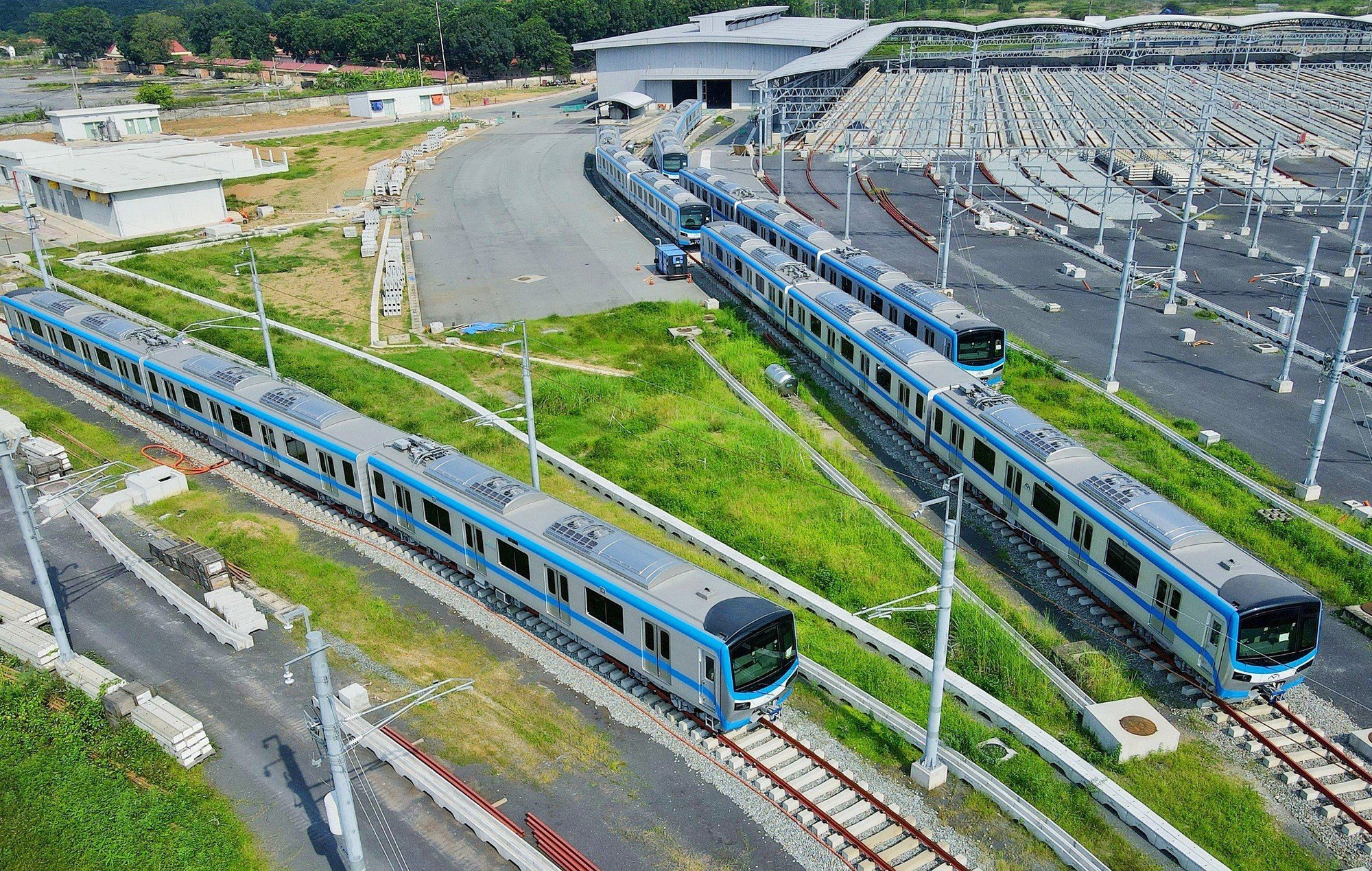
The metro system is expected to help develop public transport in Ho Chi Minh City.
According to the proposal of the Public Transport Center, there will be 22 new bus routes opened, including 3 inter-provincial routes and 19 inner-city routes. 3 new inter-provincial routes connecting with Binh Duong and Dong Nai include: route 61-9 (Cu Chi Bus Station - Di An - New Eastern Bus Station); 61-10 (Ben Cat Bus Station - New Eastern Bus Station); 60-9 (New Eastern Bus Station - Giang Dien Tourist Area). 19 inner-city bus routes go deep into residential areas, university villages, industrial parks, high-tech parks... forming a system of branch buses and passenger buses connecting to 14 metro stations No. 1. Notably, the bus routes are expected to use small vehicles of 17 - 22 seats, convenient for accessing deeper into residential areas.
The Public Transport Center has also researched, reviewed and developed a plan to restructure the bus network along the Hanoi Highway corridor by maintaining the current status of 11 routes, suspending 2 routes and adjusting the routes of 15 routes. At the same time, effectively building and operating technical infrastructure works serving bus transport, enhancing bus accessibility around the elevated stations of Metro Line 1. Specifically, renovating 230 bus stop locations and infrastructure serving bus connections within the scope of elevated stations. In addition, the project also has a category of developing an operation plan and calling for additional investment in means of transport and equipment to support transport management and operation for the feeder bus routes expected to open to serve the operation of the first metro line of Ho Chi Minh City.
Responding to Thanh Nien, an official from the HCM City Department of Transport said that the project was built based on the TOD perspective (taking the orientation of developing the public transport system as the basis for urban development planning), developing the transport corridor along metro line 1. Not only building a bus system, the project also aims to access the infrastructure of each station along the metro line, including the construction of pedestrian bridges, private parking lots, access for taxis, technology cars or public bicycles... to create a multi-modal transport system. Metro line 1 will have 11 pedestrian bridges connecting to the elevated stations.
Currently, the investor is constructing 9 pedestrian bridges next to the existing bridge at Suoi Tien station, expected to be completed in 2023. In the near future, bus rapid transit (BRT) route No. 1 will also be put into operation, running along the Vo Van Kiet - Mai Chi Tho avenue corridor and connecting metro line No. 1 at Rach Chiec station (Thu Duc city).
"There are many items and tasks. The new project has detailed all of those products, with adjustments to suit traffic and urban conditions that have changed a lot compared to previous forecasts. At each station location, we have researched to determine how a bus will connect to the station, at which angle it will approach the station, how pedestrians will approach the bus, taxi or metro..., how to create the most convenience for passengers in connecting to the metro", a representative of the Ho Chi Minh City Department of Transport added.
Metro-bus connection must be top priority
In fact, after the Cat Linh - Ha Dong metro (Hanoi) was put into operation and revealed many shortcomings in connectivity, concerns about the lack of passengers in the metro were also continuously raised by leaders of Ho Chi Minh City - the second locality in the country to build a metro network.
According to the research results "Special support for implementing metro project No. 1" conducted in 2014 by the Vietnam - Germany University, people in Ho Chi Minh City only walk within a 300 meter radius to reach public transport stations, while Westerners walk within an 800 meter radius. It is entirely possible that metro line No. 1 will have difficulty attracting people when only 8% of the population lives within a 300 meter radius. If the radius is extended to 500 meters, only 21% will live there, and up to 800 meters, 37% of the population will live there. Not to mention, the population shift in Ho Chi Minh City also reduces the accessibility of metro line No. 1 when in 1999, 28.4% of the population lived within a 500 meter radius of the station, but by 2015 it had decreased to 20.9%. Regarding housing development, of the 1,200 projects in Ho Chi Minh City, only 17% are located within a 500 meter radius.
Ho Chi Minh City's public transport system will be "transformed"
Nearly 50 bus routes that collect passengers like the project of the HCM City Department of Transport can help increase the market share of passengers of metro line 1 by 50 - 60%.
If metro line 1 is put into operation in 2024 without a bus network, it will only be able to carry 68,000 passengers a day. With these bus routes, it could increase to 110,000 passengers a day.
Not only gathering passengers for the metro, the restructuring of the bus network according to the project also helps to improve the quality of bus services in Ho Chi Minh City a lot. Specifically, increasing the density of bus stops to improve accessibility, adding buses for residents in areas with low bus network density; the shuttle bus routes not only perform the task of gathering passengers to the railway station but also become a means of transport for people to travel every day to school, work, supermarket...
In short, Ho Chi Minh City residents will have access to more and better bus services, gradually forming the habit of using public transport in the future.
Associate Professor, Dr. Vu Anh Tuan (Director of Vietnam-Germany Transport Research Center)
Highly appreciating the plan of the Department of Transport, Dr. Luong Hoai Nam (member of the Ho Chi Minh City Urban Transport Advisory Council) analyzed: Buses are the main means of public transport everywhere, including places where MRT is extremely developed such as Singapore, Hong Kong, London, Moscow. For example, in Singapore there are 144 tram stations of all kinds, but there are nearly 5,000 bus stations. On average, 5 km2 of Singapore has only 1 tram station, while 1 km2 has more than 7 bus stations. Therefore, when the metro comes into operation in the above cities, there will immediately be a very strong connection with the regular bus or tram network. In Hanoi and Ho Chi Minh City, the metro is invested in and starts operating on the basis of a very weak public transport network on the ground, especially in Ho Chi Minh City when it only meets about 5% of the travel needs of the people. Without bus connections, a metro line like Ben Thanh - Suoi Tien would have a hard time attracting many customers.
"An average metro line in Singapore or Hong Kong has a passenger flow of about 400,000 - 500,000 passengers/day. Meanwhile, the Cat Linh - Ha Dong metro, the first urban railway line in operation in Vietnam, has a designed capacity of only 250,000 passengers/day, half as low, and in reality, the average operation only reaches 20,000 - 25,000 passengers/day. Imagine that to see that the operation of the metro in Vietnam in the current context is extremely difficult. If the Ben Thanh - Suoi Tien metro lacks connection with buses, it will repeat the same difficulty as the Cat Linh - Ha Dong line, which means it will only reach a very low level compared to the design capacity. Therefore, even before the metro line is put into operation, we must immediately start building a connecting bus network. Buses must be the top priority in the goal of connecting and attracting metro passengers," emphasized Dr. Luong Hoai Nam.
Source link




![[Photo] Draft documents of the 14th Party Congress reach people at the Commune Cultural Post Offices](https://vphoto.vietnam.vn/thumb/1200x675/vietnam/resource/IMAGE/2025/10/28/1761642182616_du-thao-tai-tinh-hung-yen-4070-5235-jpg.webp)

![[Photo] National Assembly Chairman Tran Thanh Man received a delegation of the Social Democratic Party of Germany](https://vphoto.vietnam.vn/thumb/1200x675/vietnam/resource/IMAGE/2025/10/28/1761652150406_ndo_br_cover-3345-jpg.webp)
![[Photo] Flooding on the right side of the gate, entrance to Hue Citadel](https://vphoto.vietnam.vn/thumb/1200x675/vietnam/resource/IMAGE/2025/10/28/1761660788143_ndo_br_gen-h-z7165069467254-74c71c36d0cb396744b678cec80552f0-2-jpg.webp)


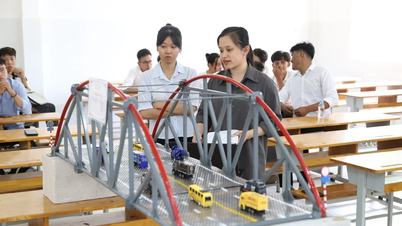


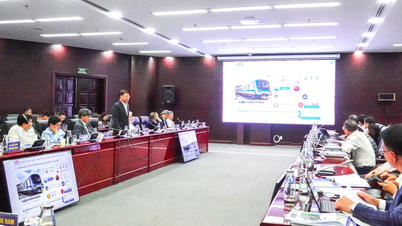





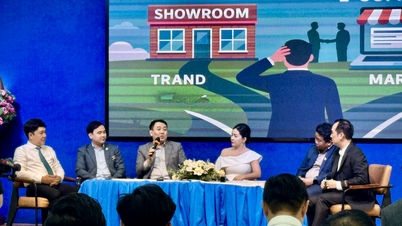

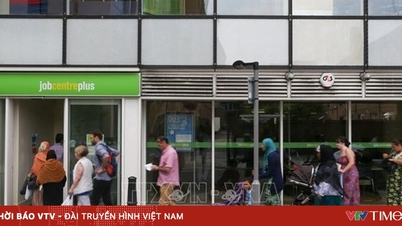












![[Photo] President Luong Cuong attends the 80th Anniversary of the Traditional Day of the Armed Forces of Military Region 3](https://vphoto.vietnam.vn/thumb/1200x675/vietnam/resource/IMAGE/2025/10/28/1761635584312_ndo_br_1-jpg.webp)

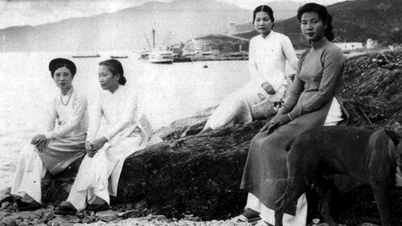

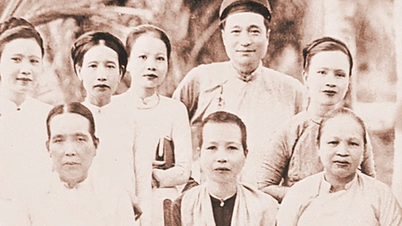
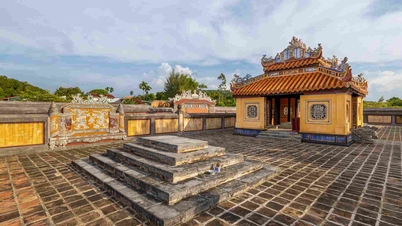











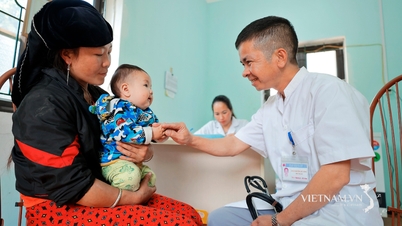










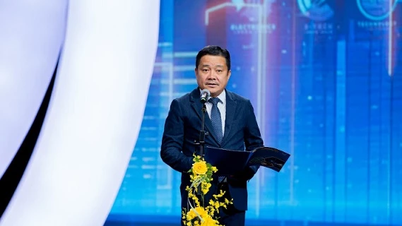


















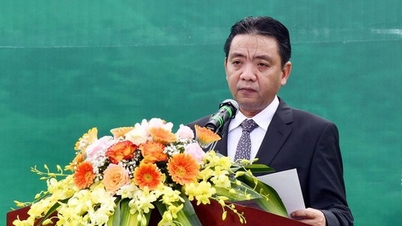
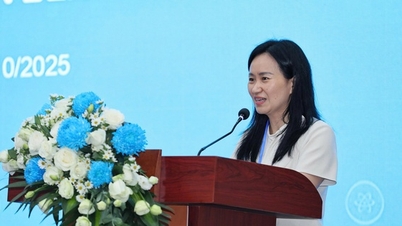

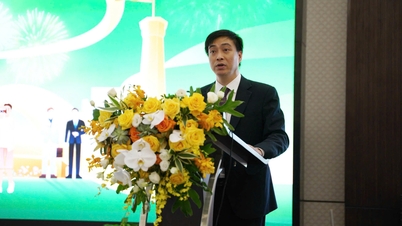



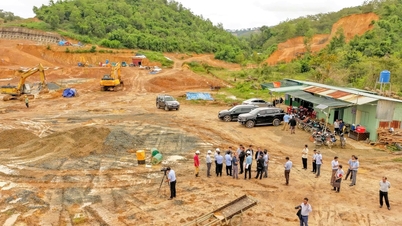





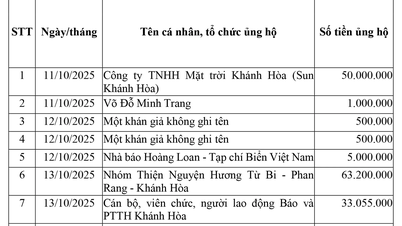

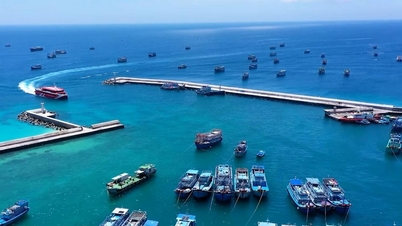


















Comment (0)